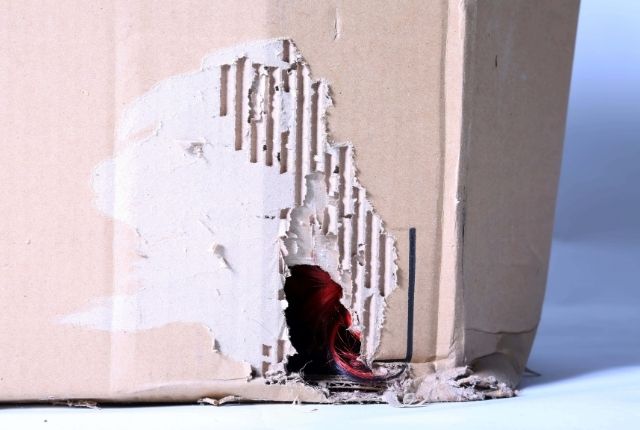Mice are known for getting into homes to find food, safety, and warmth. Their small, agile bodies make them easy to catch. Before you can effectively prevent and control mouse infestations, you need to know how these cunning animals get into your homes. This article will talk about the most common ways mice get into your home.
- Gaps around windows and doors: Mice can get through surprisingly small holes. Look around doors and windows for cracks and holes. A mouse can get through even a gap of a quarter of an inch. Weather stripping or glue can be used to close these holes.
- Utility Holes: Mice often get into homes through utility holes, like those where pipes or wires come in. Make sure that these holes are tightly shut. Steel wool is a good way to keep mice out because they can’t chew through it.
- Vents and Ducts: Mice like roads that are made of vents and ducts. They can easily get from the outside to the inside of them. Cover vents and keep pipes safe with fine mesh screens.
- Cracks in the base: Mice can get in through small holes in the base of your home. Check your foundation for cracks or holes and fix them with cement or another suitable material.
- Rooflines and Eaves: Mice can climb things very well. Climbing up tree branches, utility lines, or trellises that touch the roof is how they can get into your attic. To stop this, cut back tree branches and secure utility lines.
- Cracks in the chimney: If you don’t cover your chimney, mice can get in. Put caps on your chimney to keep animals and other things out.
- Garage Doors: Mice can get in through garage doors that don’t close properly. Fix or replace broken door locks to make sure the door closes tightly.
- Pet Doors: Pet doors are helpful for your furry friends, but they can also be used by mice to get in. When not in use, make sure your pet door is well shut.
- Siding and Wall Voids: Some kinds of siding can give mice places to hide and ways to get in. Check your walls for holes and think about adding more support if you need to.
- Mouse holes and attics: Mice often get into attics and mouse holes. Make sure that these places are well protected and that no one can get in or out. Check often for signs of mouse movement.
- Cracks in the Plumbing: Mice can easily get through cracks in the plumbing. Use glue or expanding foam to close up these holes.
- Garbage Bins: Mice can get into outdoor trash cans if the lids aren’t tight enough or are left open. Bins should be kept closed tightly, and you might want to put them on high platforms.
- Firewood and Debris: Mice love to hide in piles of firewood or trash that are close to your home. Keep the yard clean and wood piles away from the house.
- Cracks in the Floor: Look for cracks or holes in the floor inside your home. These can be used by mice to get from one room to another.
- Holes Around Appliances: Mice can often get into your kitchen through small gaps behind stoves, freezers, and dishwashers. Fill in these holes with the right materials.
To keep mice out of your home, you need to carefully check and seal any possible entry spots. Remember that it’s easier to keep mice out than to get rid of an outbreak once they’re already there.
Regularly check your home for these frequent entry points, and if you find any, seal them right away. Following these steps will greatly lower the chances of having unwanted furry guests move into your living areas.
Mice Control Newmarket, we are fully aware of every detail associated with mice. We know just how inquisitive and destructive these tiny rodents can be, and even though they are highly evasive, we have devised several procedures to track down every last one of them on an infested property.
